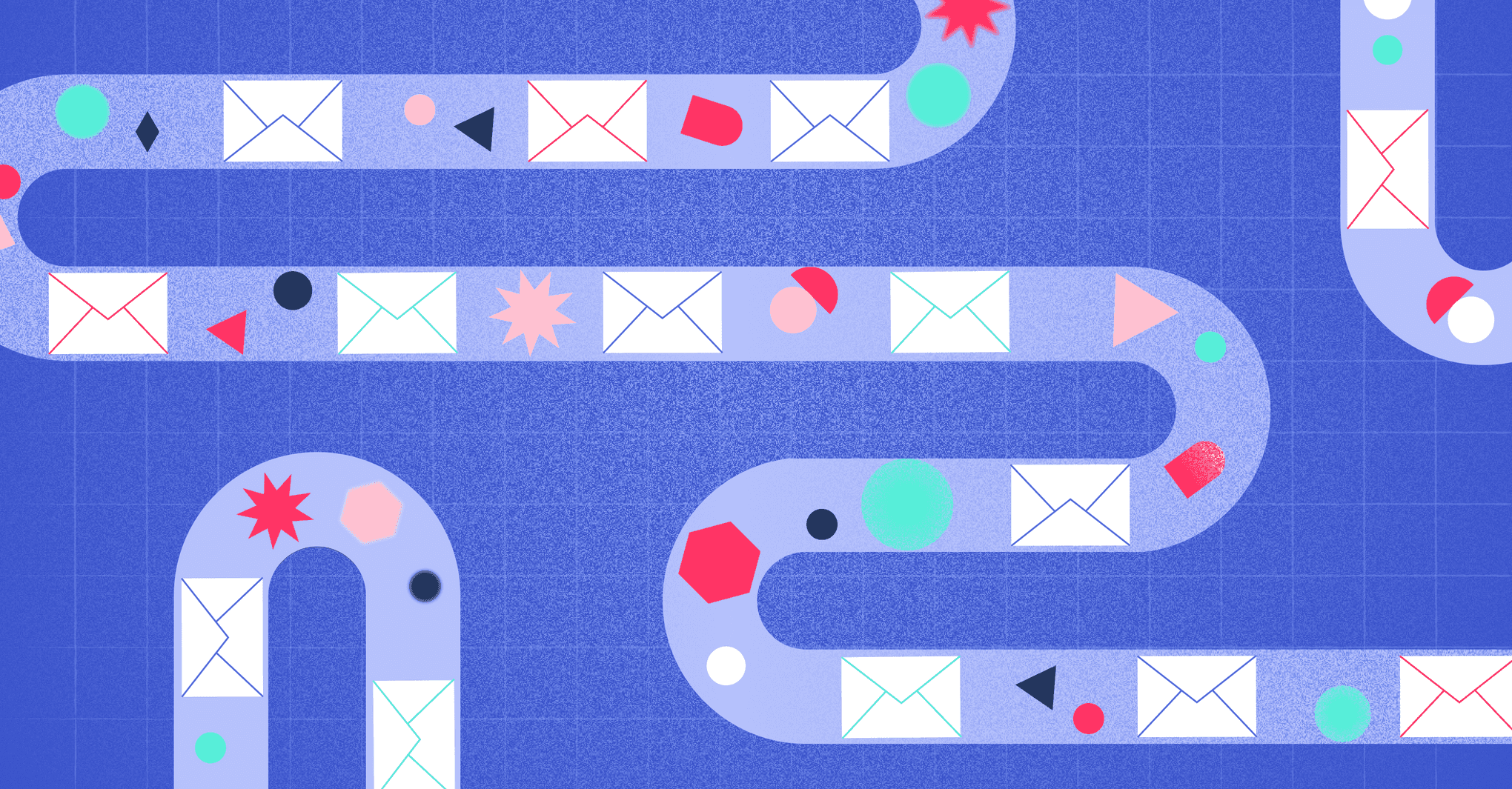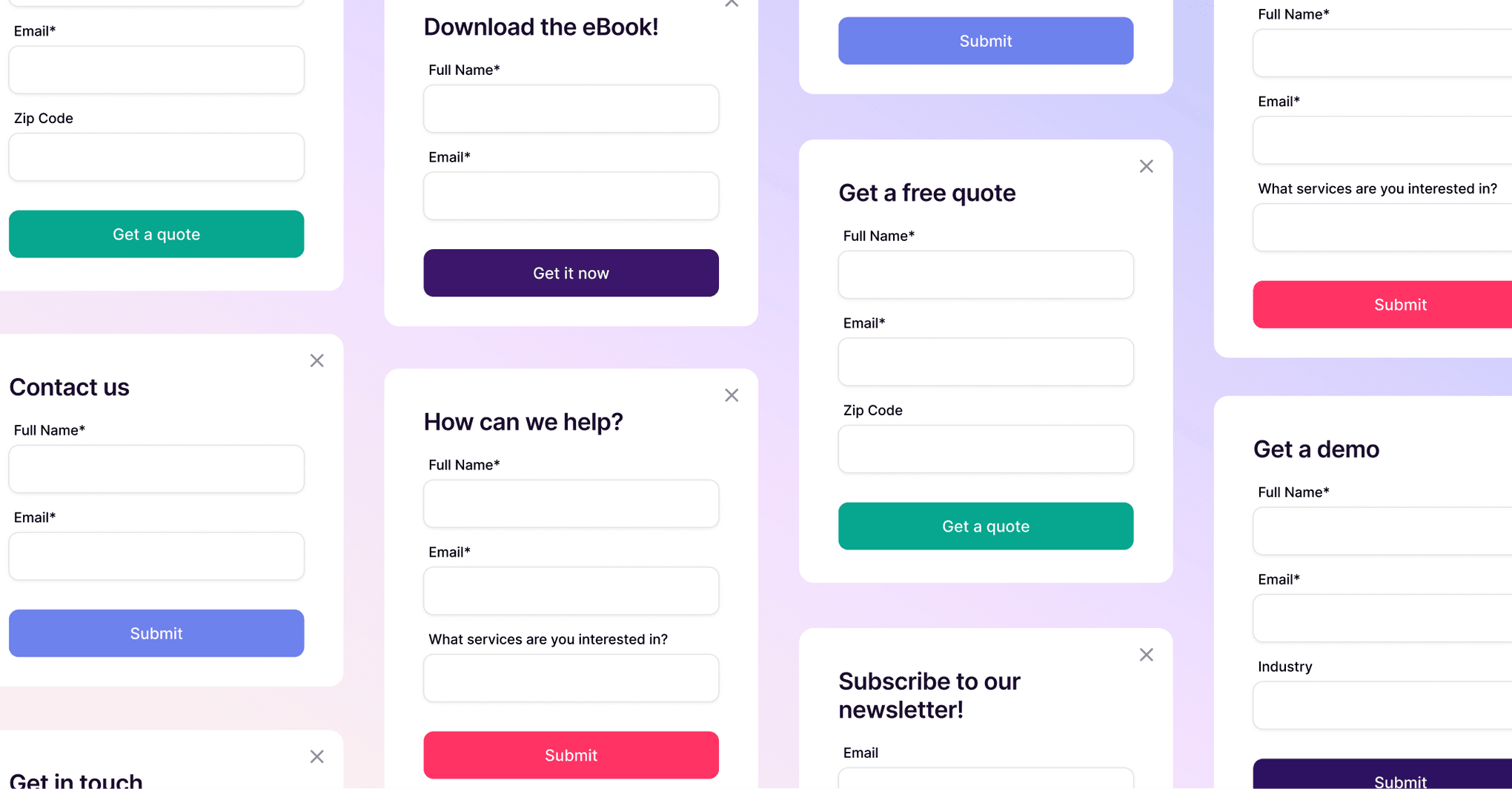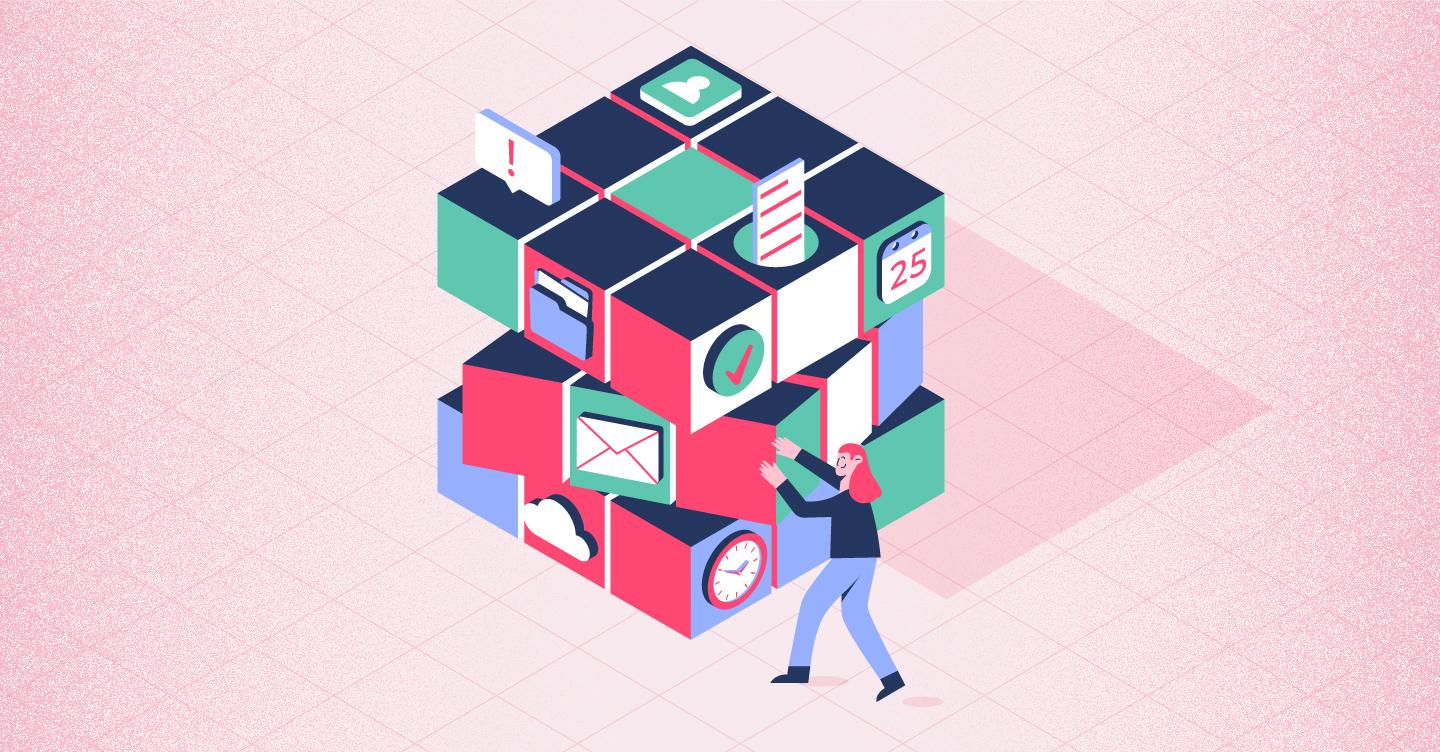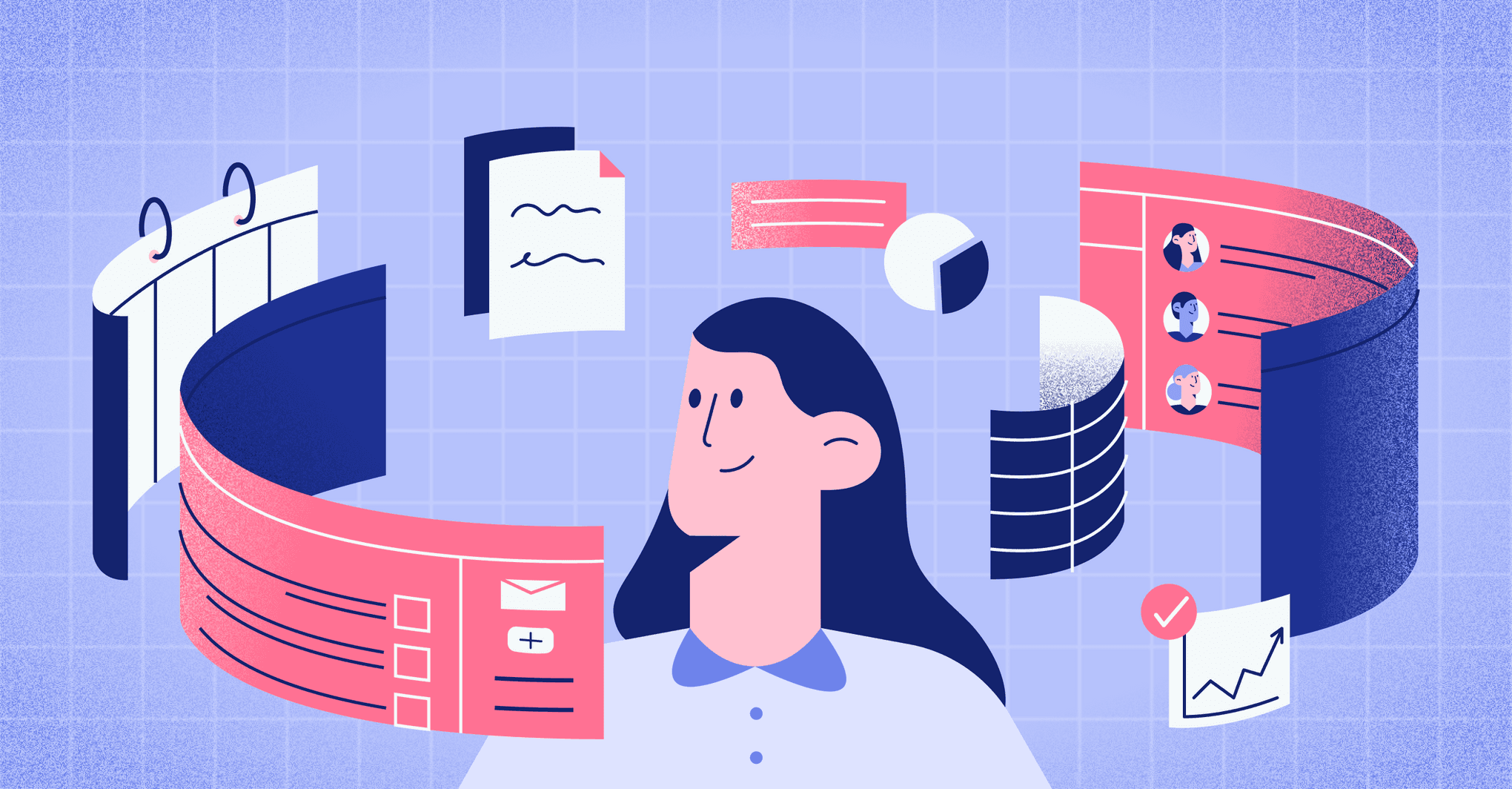Perri Gutteridge
VP of Customer Success
We all want our customers to succeed.
But here's the thing: we often fight so hard to score that initial sale that we lose sight of what happens next.
And just because you have a killer product or service doesn’t mean you’ve automatically set up your customers for success.
Not by a long shot.
The reality? Your business’s ability to guarantee that customers reach their goals through your product represents a make-or-break situation for your company.
And if your company is able to help your customers achieve their desired outcomes and prove those results to future prospects, you’re golden. In this guide we'll go over:
So what is customer success, really?
It’s not a new name for customer service. And it’s definitely not just about check-ins and smiley emojis.
Customer success is the proactive work you do to make sure your customers achieve the outcomes they came to you for. It’s about guiding, supporting, and championing them—not just when they ask for help, but before they even know they need it.
Here’s the difference in a nutshell:
- Customer service = “I have a problem.”
- Customer success = “Here’s how we’ll help you win before there’s a problem.”
Think about it: if you sell accounting software, customer success isn’t just answering support tickets. It’s helping new users get set up, offering tips for faster workflows, and checking in before tax season panic sets in.
It’s not just about your product working—it’s about your customers working better because of it.
Get the latest from our blog every month
The benefits of customer success
Customer success isn’t just about being nice to clients or sending friendly follow-ups. It’s one of the most powerful tools you have to grow your business, keep clients longer, and create a reputation that leads to more work—without having to constantly sell yourself.
Let’s break down how and why it works.
1. It keeps clients around—and your calendar full
We all know it’s more expensive to find a new client than to keep a good one. But let’s put numbers to it: acquiring a new customer can cost 5 to 25 times more than retaining an existing one.
That’s why churn hits harder than you think. It doesn’t just drain your revenue—it derails your workflow, stalls momentum, and forces your team to go into scramble mode.
Here’s the upside: even a 5% increase in retention can lead to a 25% increase in profitability.
When clients feel supported, understood, and successful, they don’t just stick around—they stay engaged. That’s the kind of relationship that keeps projects moving and pipelines steady.
2. It makes every client more valuable
Customer success isn’t just about keeping clients. It’s about helping them get more out of what you offer—and increasing the lifetime value of each relationship.
Think about it: clients who trust you and see real results are more likely to expand their scope, sign longer retainers, or return for future projects. They’re also way easier to work with (you already know their vibe, brand, and approval process).
And the numbers back it up. Companies that invest in well-designed customer success programs see an average of 91% ROI over a three-year period.
So if you’ve been wondering whether that extra onboarding call or monthly check-in is worth your time—it probably is.
3. You get free, credible marketing
Let’s be honest: people don’t trust ads like they used to. But they do trust each other. About 92% of people trust recommendations from friends or colleagues over any form of advertising.
And those recommendations? They come from people who had a genuinely positive experience: who felt supported, got results, and want others to have the same.
That’s the ripple effect of customer success: it turns your best clients into your loudest (and most persuasive) promoters — without you having to ask.
4. It helps you stand out—no gimmicks needed
In a world where every agency and consultant has a nice-looking website and similar offerings, what really sets you apart?
It’s the experience. It’s how you communicate, how you guide them through projects, and how you respond when things get tough. It’s how you help them win—not just deliver files on time.
Turns out, clients are paying attention. Research shows that 73% of consumers say experience is a key factor in their buying decisions, second only to price and product.
And here’s what might surprise you: companies that are considered “customer-obsessed” retain 2.2x more customers per year than companies that aren’t.
5. Most companies still don’t have this figured out (which is your opportunity)
Despite all the benefits, 37% of companies don’t have a clearly defined customer success strategy.
That means if you do—even a basic one—you’re already ahead. You’re creating more consistent results, stronger relationships, and more repeat business than the average competitor.
And if you're doing it well? You’re not just retaining clients. You're building a reputation that markets itself.
Who owns customer success? (Spoiler: everyone)
It’s not just up to your “success team”—if you even have one. Customer success shows up everywhere, and it’s a team effort.
Here’s how it comes to life:
-
Marketing sets the stage by telling the right stories and attracting the kind of clients who get what you do.
-
Sales starts the relationship. They help uncover goals and pass along the context so delivery doesn’t feel like starting from scratch.
-
Onboarding sets the tone. It’s where you show the client they’re in good hands—with clear timelines, expectations, and no guesswork.
-
Delivery teams carry it through. Whether you're designing, strategizing, or managing projects, the way you communicate makes all the difference.
-
Support steps in when things don’t go as planned—and helps get things back on track quickly and calmly.
-
Leadership sets the standard. When customer success is baked into the culture—not tacked on later—it’s obvious at every stage.
When everyone plays their part, clients feel supported every step of the way. That’s what builds trust. That’s what makes them stay.
What goes into a strong customer success strategy
You already know the hustle doesn’t stop once a client signs the contract. That’s where the real relationship-building begins.
So what does a strong customer success strategy actually look like for agencies, consultants, and media teams?
It’s not about dashboards or SaaS metrics. It’s about creating a smooth, confidence-building experience for your clients—so they stick around longer, refer their friends, and make your work easier in the long run.
Let’s break it down in a way that makes sense for your world.
First, define what success looks like for them
You might think you’re nailing it, but if your client expected to triple their leads and you’re talking about engagement rate, you’re not speaking the same language.
That’s why the first step is just getting clear: What’s the client’s version of a win?
For a creative agency, maybe it’s getting client sign-off faster so campaigns launch on time. For a media brand, it might be increasing sponsorship renewals. For a consultant, it could be helping a client systematize their internal operations.
Set goals that reflect their world, not yours.
Examples:
- Launch three email campaigns by end-of-quarter (for a marketing retainer client)
- Increase lead quality from media placements by 20% (for a brand advertiser)
- Cut their internal review time in half (for content or brand work)
Don’t let “success” stay vague. Write it down, make it visible, and track against it during your check-ins.
Make onboarding feel like momentum, not homework
Onboarding isn’t just for software companies. If you’re delivering a service, you still need to set expectations, share how you’ll work together, and show your client that you’ve got things handled.
For you, this could look like:
- A one-pager that breaks down how you’ll communicate, what turnaround times look like, and who’s responsible for what
- A kickoff call where you walk through their goals and agree on what success looks like in the next 30, 60, 90 days
- A shared doc or Notion board with key dates, deliverables, and feedback guidelines
- Giving them access to a client portal or even just a well-organized Google Drive so they always know where things live
When onboarding feels organized and thoughtful, your client feels confident—and confident clients don’t micromanage, ghost, or churn.
Use data to guide the relationship
This isn’t about tracking clicks or user sessions. It’s about paying attention to what your clients are doing—and not doing—and adjusting as you go.
Think about things like:
- Are they falling behind on approvals or deliverables?
- Are you sending reports but getting no replies?
- Are projects getting stuck because of unclear ownership?
If so, it might be time to tweak your process—or step in and help them make a decision.
For example:
- If a client keeps ghosting your monthly check-ins, switch to a biweekly Slack update they can respond to in real-time
- If they never open your 10-page PDF reports, send a 2-minute Loom walkthrough instead
- If they’re asking for things outside of scope every month, add a quick mid-month review to set expectations and prevent scope creep
A solid CRM or project tracker (Copper) makes it easier to spot patterns and get ahead of issues before they turn into frustrations.
Add personal touches
People don’t stick around because of slick presentations or quarterly reports. They stick around because they feel like you care—and that you’re invested in helping them win.
This doesn’t require grand gestures. Just small moments that show you’re paying attention.
- Send a check-in when their launch goes live and ask how it’s performing
- Share an article or insight that ties back to something they mentioned on your last call
- Reframe a tough week or missed deadline with encouragement and a plan to get back on track
- Celebrate a client’s milestone (hiring a new team member, hitting a revenue goal, etc.)
One agency we talked to sends voice notes instead of emails when clients go quiet. It cuts through the noise and gets replies way faster.
Another sends a quick video walkthrough before a campaign launch, walking the client through creative choices and strategy—it takes 3 minutes and gets them full buy-in without extra meetings.
That’s what customer success looks like when it’s done right. It’s not about being “nice.” It’s about showing up, staying close, and making your client feel like they’re your only one—even if they’re one of many.
Real-life customer success in action
Some brands are out here doing it right. A few faves:
- Notion: Their onboarding guides are tailored by use case, helping creators, marketers, and teams hit the ground running.
-
Canva: Celebrates user milestones (“You’ve created 100 designs!”) and suggests what to try next.
-
Slack: Regularly checks in with helpful usage stats and nudges that encourage better team communication.
-
Figma: Offers pre-built templates and design starter kits that help agency teams collaborate from day one.
-
Airtable: Sends curated onboarding tips based on your industry—whether you're managing client projects or content calendars.
-
Klaviyo: Delivers personalized performance insights and live training sessions to help users grow their reach faster.
They’re not just providing tools—they’re empowering people.
Why you need a customer success CRM (and how Copper helps)
Customer success doesn’t just happen. It’s built—through every follow-up, handoff, check-in, and delivered promise. And if you’re trying to manage all of that across emails, spreadsheets, and Slack threads, it’s only a matter of time before something slips.
That’s where a customer success CRM becomes essential. It’s not just about tracking deals—it’s about supporting the full client journey, from onboarding to long-term loyalty.
Copper helps you do that without adding more work to your plate.
Here’s how:
-
Email automations for proactive follow-ups: Whether you’re checking in after onboarding, reminding a client of next steps, or nudging them after a period of silence, Copper lets you automate those moments and emails so your customer success efforts stay consistent, even when your team is busy.
-
Flexible Pipelines built for post-sale stages: You can create custom pipelines for onboarding, implementation, renewals, or ongoing support—giving you visibility into where each client is and what they need next.
-
Task tracking tied to real relationships: Instead of juggling to-do lists in different places, Copper lets you assign and track tasks directly within each customer record—making it easier to follow through, stay accountable, and keep things moving.
-
A full view of every interaction: Because Copper syncs with Gmail and Google Calendar, every email, meeting, and note is right there in the customer record—so nothing gets missed, and anyone on your team can step in without missing context.
-
Segmentation for smarter communication: Use tags and filters to segment clients by success milestones, engagement level, or project stage—so you can prioritize outreach where it matters most.
-
Built-in project tools to support delivery: For agencies and consultants, Copper’s project view helps you track deliverables, timelines, and internal tasks—without needing a separate tool to manage the “after the sale” part of the relationship.
If customer success is a priority for your business (and it should be), having a CRM that’s designed for more than just sales makes all the difference.
Copper gives you that full-picture view, so you can stop chasing updates and start creating the kind of client experience that leads to retention, referrals, and long-term growth.
How are you ensuring your customers' success?
So, how are you really showing up for your clients after the deal’s been signed?
Customer success isn’t just good business hygiene: it’s how you build loyalty, referrals, and long-term growth. With the right strategy in place (and the right tools behind you), you’re not just delivering projects. You’re delivering real, lasting value.
Whether you’re running a tight-knit agency, managing multiple media campaigns, or juggling consulting clients, the message is the same: when your customers succeed, so do you.
Looking for a CRM that helps you track the full customer journey? Try Copper free for 14 days and try a better way to build relationships.






